Home repairs can often be a source of frustration and stress. From leaky faucets to creaky floorboards, it seems like there is always something that needs fixing. However, there is a solution that can alleviate some of these headaches – do-it-yourself (DIY) home repairs. In this blog, we will explore the benefits of DIY home repairs and provide you with practical tips and tricks to tackle common problems around your house. Whether you are a seasoned DIY enthusiast or a beginner looking to save money and gain some new skills, this blog will be your go-to resource for all your home repair needs. So, grab your toolbox and get ready to conquer those pesky repairs with confidence!
What Is DIY?
Do you dread the thought of having to call a contractor to fix something in your home? DIY may be the solution for you! There are plenty of things that can be fixed or upgraded using simple tools and supplies, and it’s a great way to learn about yourself and your home. Here are some tips for getting started:
1. Research the project you want to do. Figure out what you need and research prices online or in your local stores. Be prepared to purchase any necessary materials, such as screws, nails, glue, wire nuts, and drill bits.
2. Make a plan. Once you have all of your materials, figure out how you want to complete the project. Draw up a rough diagram if possible so that you know where everything is going.
3. Get started! Start by prepping the surface where you’re going to be working by cleaning it well with soap and water. Use a putty knife or sandpaper to remove any old trim or caulk if necessary. Apply primer or paint according to package instructions, then let it dry completely before proceeding.
4. Screw it up! Don’t worry – most projects can be fixed with some extra effort and patience! If something goes wrong while you’re working, just take some time to troubleshoot the issue before giving up – often there is a quick fix available if you know where to look!
That being said, it is very important to identify what home repairs can be DIY’ed and which of them need to be fixed immediately by a professional. While DIY home repairs can help you cut costs, if the repair is delayed it could lead to further damage. This damage might not only compromise the safety of your home but can also lead to increased repair costs. Home repairs like minor plumbing fixes, painting, or basic electrical work can often be safely DIY’ed with the right skills and tools. However, for more complex repairs, such as a leaking metal roof, you may want to act swiftly and get in touch with a professional. Depending on the extent of the damage, your roof might have to be replaced. If you’re concerned about the metal roof cost, consider obtaining quotes from multiple roofing companies to ensure you receive a competitive price. Similarly, complex repairs such as extensive electrical rewiring, HVAC repairs, etc should be done by a professional. Keep in mind that making well-informed decisions about home repairs not only protects your property but also ensures the safety and comfort of your family.
DIY Ideas
If you’re like most homeowners, you dread the thought of having to take your home apart and put it back together again. But there are ways to make repairs without having to go through all that hassle. Here are five DIY solutions for home repair headaches:
1. Fix a leaky faucet with caulk: If you’ve been dealing with a constant drip from your faucet, try fixing the problem with caulk. Caulk is a sticky material that can help seal up leaks in both the metal and plastic parts of your faucet. Just be sure to clean off any old caulk before applying new material, in order to avoid clogging up your drain.
2. Replace a lightbulb with a LED: LED lights are becoming more and more popular because they don’t use as much energy as traditional lightbulbs. They also last longer, meaning you’ll save money in the long run by replacing them instead of buying new bulbs every few months. Just be sure to get an LED light that’s compatible with your existing socket-most come with instructions on how to do just that.
3. Repair drywall damage: Drywall is one of those materials that’s usually easy to fix if it’s damaged but can be very expensive to replace overall. Try repairing drywall damage using some common household supplies. For example, the spackling compound is a good way to fill in small holes in drywall and cover them up.
What Does A Professional Home Repairman Do?
A local handyman in Lorain (or elsewhere) is someone who knows how to fix common issues in homes. He or she will work on things like plumbing, electrical wiring, and roofs. A professional home repairman can also help with repairs around the house that don’t require a lot of special knowledge, like painting or replacing flooring.
Benefits Of DIY
1. You save money.
2. You can fix things yourself quickly and cheaply if you have the right tools and know-how.
3. If you make a mistake, it’s usually easy to fix.
4. You learn a lot about your home and how it works, which can be useful in the future when you need to fix something on your own or when you’re thinking of buying a home.
5. It builds confidence and skills.
6. It helps preserve your home’s character and makes it more affordable over time if you don’t have to hire professionals for every little job that comes up (although hiring professionals for big repairs may still be cheaper in the long run).
7. There is potential for some really cool projects (like building a rain barrel or installing solar panels).
8. Some people find that DIYing helps them connect more with their home and feels like they’re taking part in its care and maintenance rather than just seeing it as something that needs to be taken care of by someone else.
Alternatives
Many household fixes are made simple when you bring a repairman or handyman into the picture. But their expertise can only help you get so far. This is because there may be other, more comprehensive tasks that require the help of dedicated professionals to fix. Take, for example, boiler fixing or other HVAC repairs; unless you hire a repairman who is highly qualified, you’d rather reach out to professionals from hollenbachoil.com or a similar portal.
Similarly, there might arise a need to remove mold growth from between the walls. To identify mold, the first step is to carry out what is known as mold testing. This refers to the process of identifying probable areas of mold growth and identifying the type of mold growing. If you think there may be mold growing in your home, it may be a good idea to look at mold testing in Naperville, IL (or one that is closer to your locality. This is where a professional in the field surpasses a professional repairman. A qualified individual working in the industry will have in-depth knowledge and will know the right thing to do to offer a permanent solution.
DIY is a great way to engage yourself and know more about how things work in your house from a more functional perspective. But there is a fine line that distinguishes the effectiveness of DIY solutions from that of a professional approach. Sometimes, certain tasks tend to be more labor or technique intensive. So, you should be thorough with what should be taken care of professionally, and what you can handle on your own.
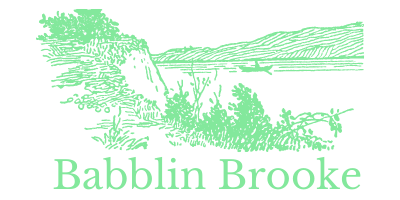
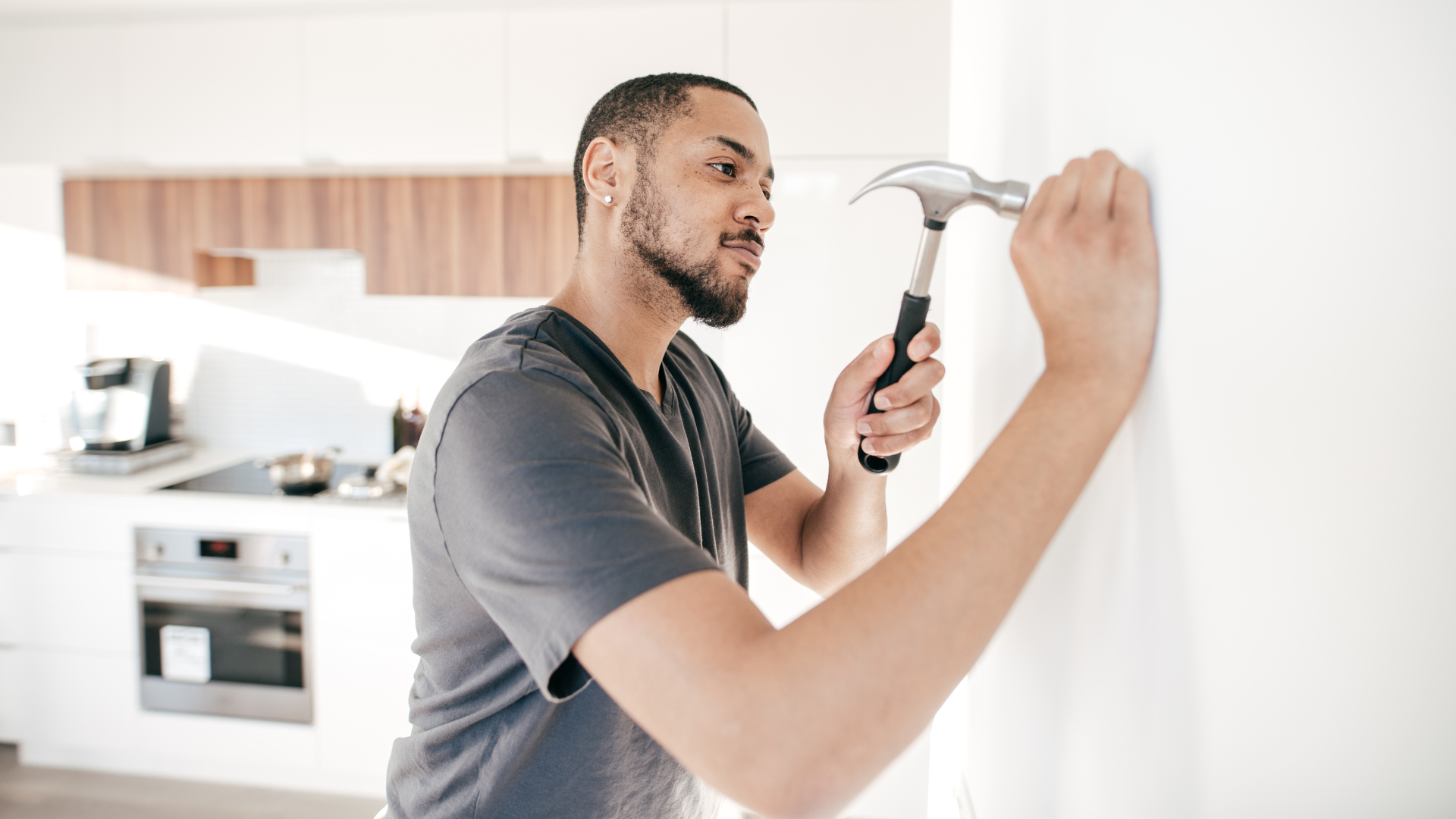

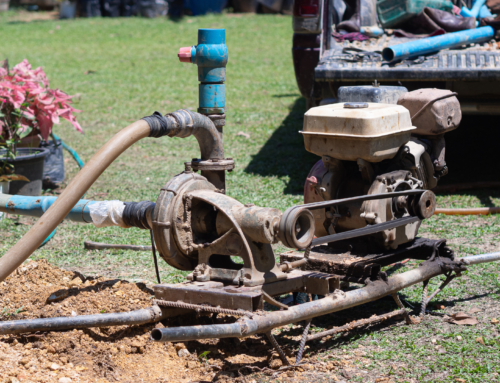
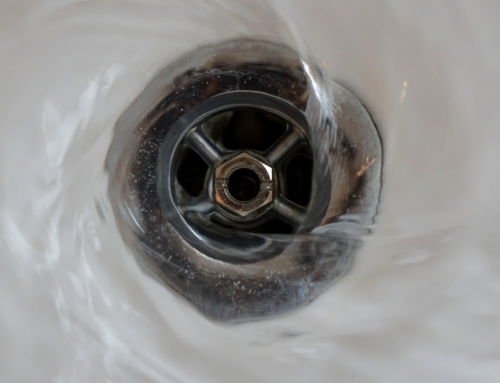
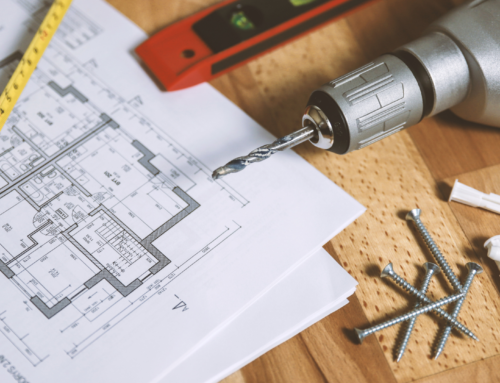
Leave A Comment